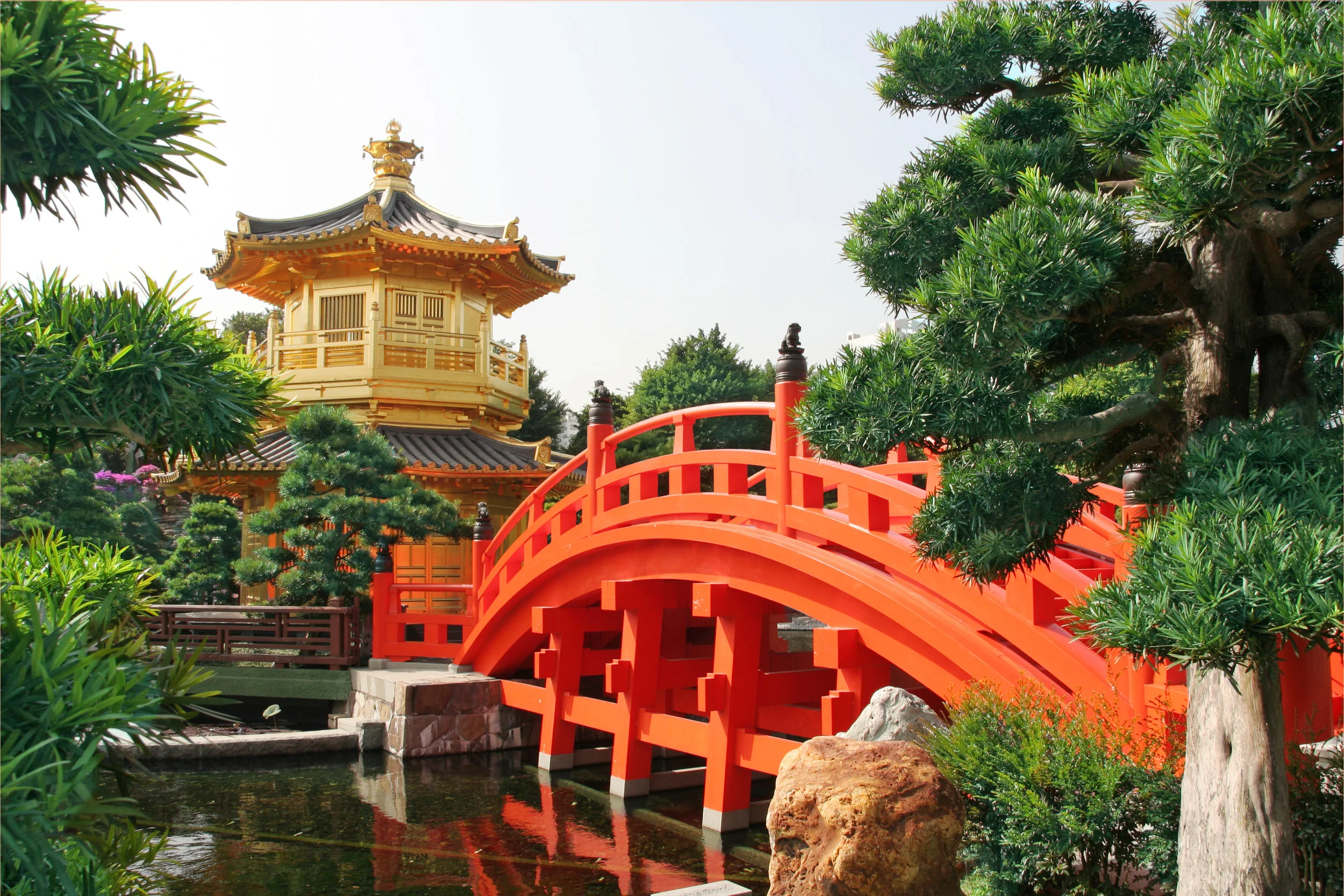Here's an example: in all genuine spiritual traditions, the first step of any practice session invokes the spiritual teacher and other relevant archetypes or deities. In Hindu yoga, the sequence goes Guru and then Ganesha ... one, two and you're off to the races. In Jyotish, the guru manifests through the planet Jupiter. In fact, in Hindi the term used for Jupiter is Guru. In turn, Jupiter owns (lords or manages) two constellations—Sagittarius and Pisces. So, now the cast of characters has grown to three. Each embodies a particular string of energies and outcomes. For example, Jupiter signifies growth, health and wisdom. Pisces represents things that one must invest time and resources towards but also can mean deep spiritual growth. Sagittarius links to the father and righteous behavior. It also bespeaks of the guru's residence and good fortune.
So, say, you want to improve one of these life areas or simply want to start your spiritual practice session on a great footing. What to do? A yogi has three main tools to work with: body, breath (and qi) and mind. Normally, one repeats a mantra (short prayer) to the guru to start the session. But if added grace is required then either energy work (breath and/or qi) or mind should be included. The planets, constellations and other archetypes of Jyotish all map cleanly to the energy channels (meridians) of Daoism and the energy fields of both Hindu yoga and Tibetan Buddhism. To encourage more luck in one's life it's vital that the energies deployed by Sagittarius are harmonized. One fairly simple but truly effective thing you can do is to regulate the flow of qi in the Pericardium meridian (of Daoism and Traditional Chinese Medicine). That is, there's a strong link between this meridian and this constellation. One affects the other and vice versa. Instead of sweeping qi all over the place and hoping for the best, you can target the specific energy flow that most deeply normalizes luck (via Sagittarius and guru). To summarize: first say a mantra to guru, next regulate the Pericardium meridian and finally do several minutes (3 - 5 suffices) of general qigong. Ideally, then invest a short while to meditate in whatever way you know best or which seems appropriate in the moment (5 - 7 minutes is optimal). Here you go ... magic! Honest ... just try it for a while and see for yourself.
